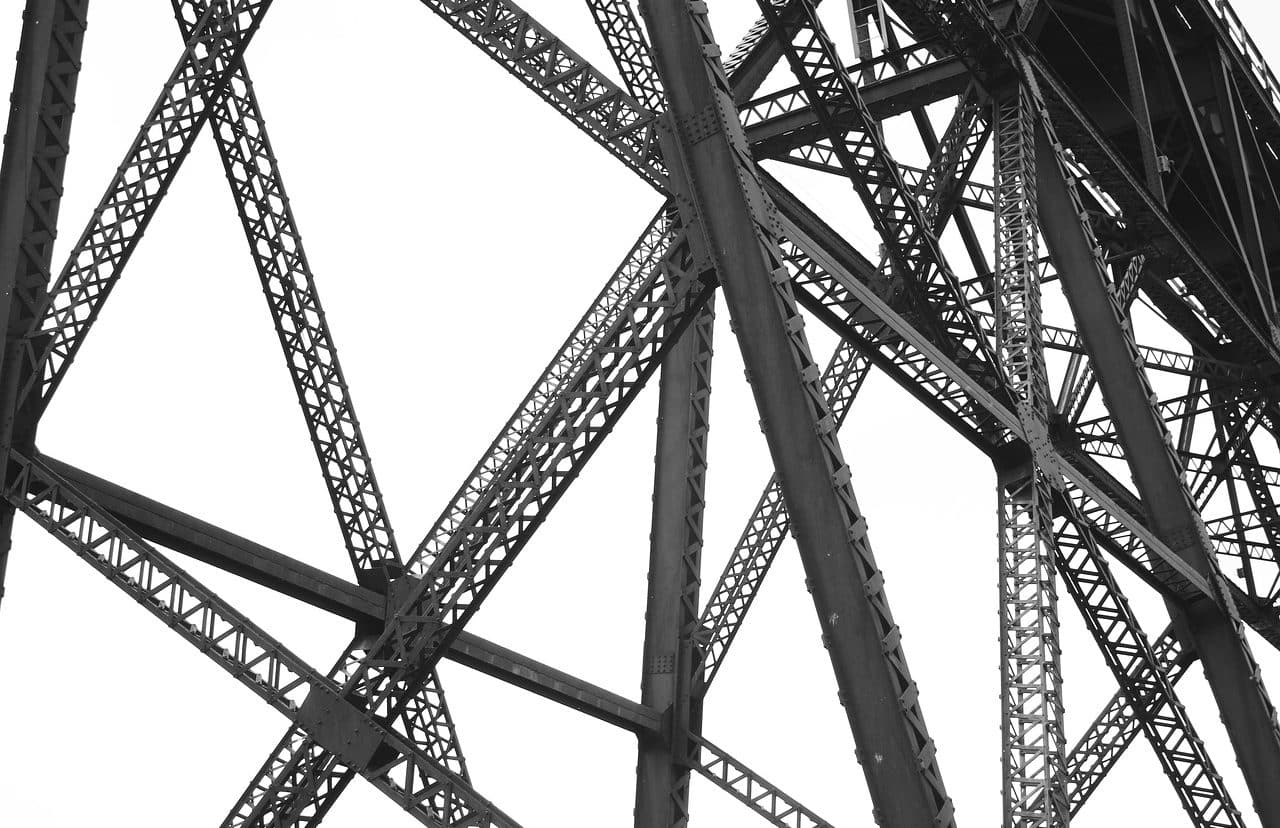
Buckling is the bending that is generated in the middle of a wall or beam due to compression.
Buckling is the process and result of buckling . This verb refers to the curve or bending that occurs in the middle of a beam or a wall due to compression . Buckling, therefore, is a frequent notion in the field of construction and architecture .
It must also be stated that there are numerous structural elements that can be affected by buckling. Thus, for example, this phenomenon can occur both in the bars of what are articulated structures and in the pillars of a building.
Buckling and transverse deformation
Buckling can be described as a phenomenon that is due to the instability of certain materials when subjected to compression . The manifestation of the phenomenon is evident from a transverse deformation .
If this deformation increases until it exceeds the resistance of the structure, a break or collapse occurs. Architects and engineers must therefore analyze buckling to prevent compression from putting a construction at risk.
Euler critical charge
It must also be stated that this phenomenon that has been of concern to us for some time has become an object of study by experts in the field. The result of all this is that there are analyzes and theories in this regard, such as, for example, the theoretical study carried out by Leonhard Euler , which is also called Euler's critical load .
What that scientist did was understand buckling as if it were a balance problem. In this way, he determined that any piece that is subjected to a certain degree of compression can have an unstable, stable or indifferent equilibrium.

Considering buckling is essential in architecture and engineering.
Types of buckling
There are different types of buckling. We can talk about torsional buckling , flexural buckling , lateral-torsional buckling and others. Each classification depends on the way in which deformation occurs from a certain compression.
We speak of local buckling to name the displacement that occurs in an isolated component. Global buckling , on the other hand, occurs when the deformation of a structure is not proportional to the loads and, therefore, buckling occurs on a general scale without the structural components each having their own buckling load.
Let's look at an example of buckling. We have two aluminum columns: one is three meters and the other is two meters. By placing a weight on top of them (that is, exerting vertical pressure on each column), we can observe how they begin to deform. If we remove the weight, we will observe that the smaller column has suffered a minor deformation. This is explained by buckling deformation .
In the same way, there is what is called buckling length . This is a term used to indicate the length that it would be recommended for a bar articulated at both ends to ensure that it has the same critical load as another initial bar, with which it shares the same material and section.
Likewise, we must not overlook the existence of what are called European buckling curves . These are used to carry out calculations and studies of this phenomenon. They are identified because they are based on the results of a total of more than a thousand tests carried out using different types of parts.
